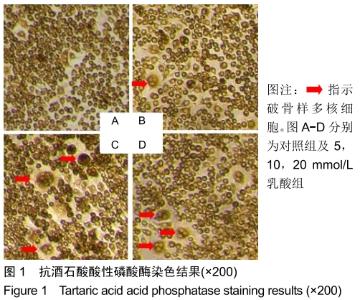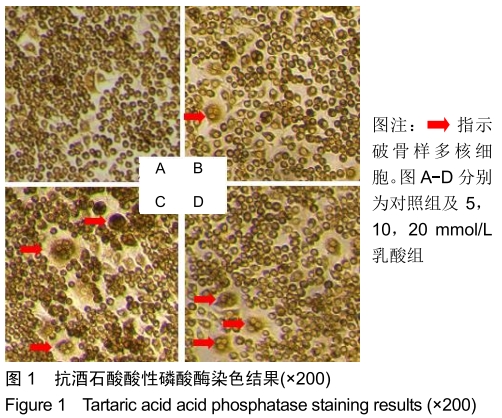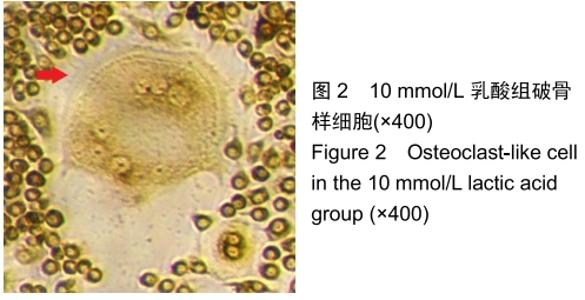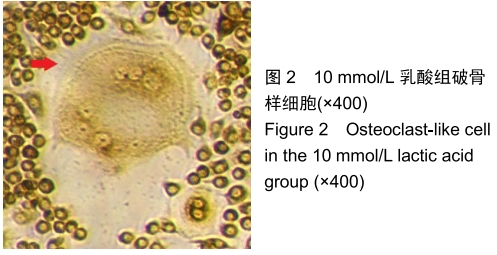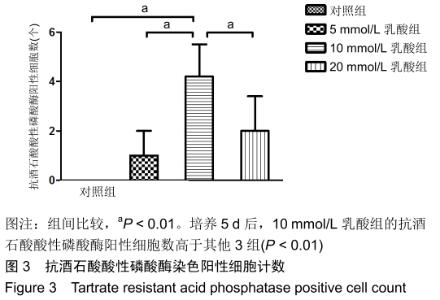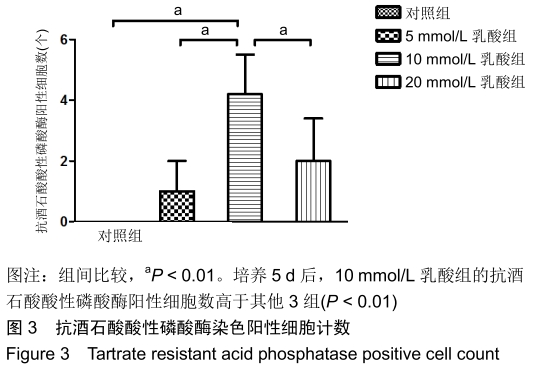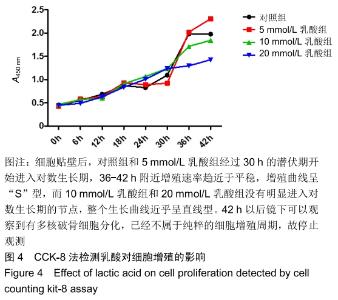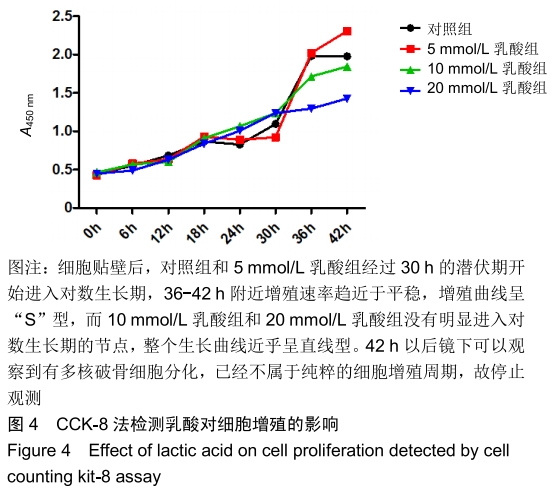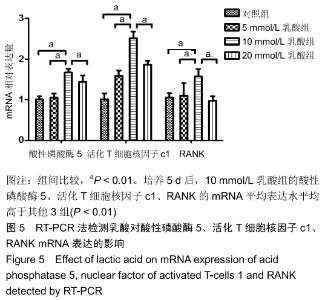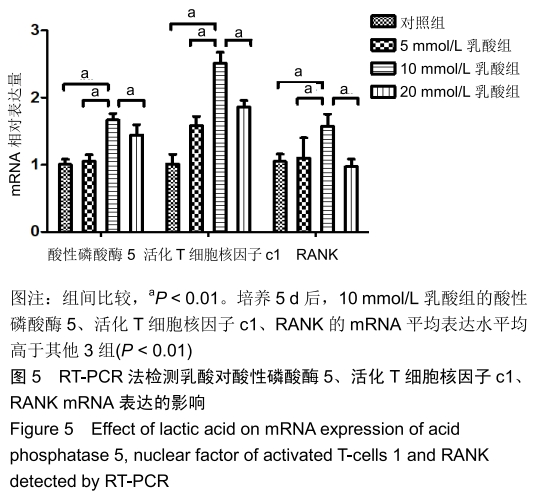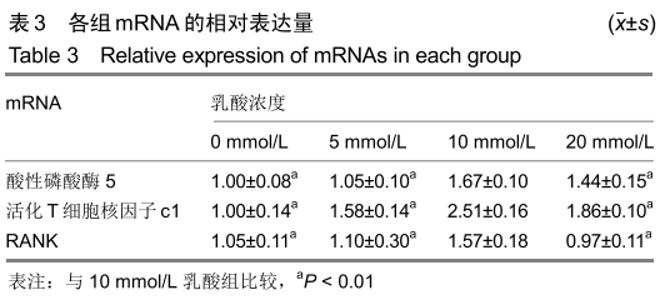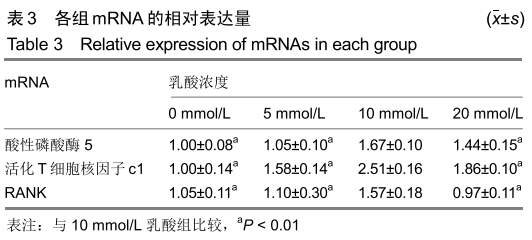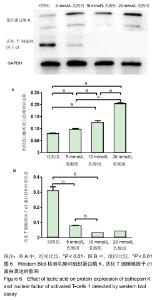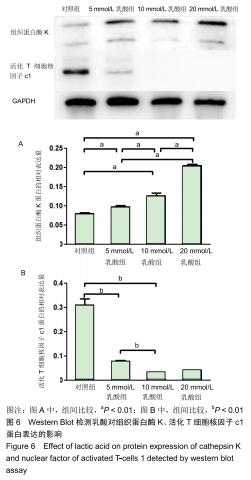[1] LIAO H, WALBOOMERS XF, HABRAKEN WJ, et al. Injectable calcium phosphate cement with PLGA, gelatin and PTMC microspheres in a rabbit femoral defect. Acta Biomaterialia. 2011;7(4): 1752-1759.
[2] KARARGYRIS O, POLYZOIS VD, KARABINAS P, et al. Papineau debridement, Ilizarov bone transport, and negative- pressure wound closure for septic bone defects of the tibia. Eur J Orthop Surg Traumatol. 2014;24(6):1013-1017.
[3] VELARD F, BRAUX J, AMEDEE J, et al. Inflammatory cell response to calcium phosphate biomaterial particles: an overview. Acta Biomaterialia. 2013; 9(2): 4956-4963.
[4] TEITELBAUM SL, ROSS FP. Genetic regulation of osteoclast development and function. Nat Rev Genet.2003;4(8): 638-649.
[5] MARTIN TJ, SIMS NA. RANKL/OPG; Critical role in bone physiology. Rev Endocr Metab Disord. 2015;16(2):131-139.
[6] WANG W, GAO Y, ZHENG W, et al. Phenobarbital inhibits osteoclast differentiation and function through NF-κB and MAPKs signaling pathway. Int Immunopharmacol. 2019;69 (undefined): 118-125.
[7] NEJATI E, MIRZADEH H, ZANDI M. Synthesis and characterization of nano-hydroxyapatite rods/poly(l-lactide acid) composite scaffolds for bone tissue engineering. Compos Part A. 2008; 39(10): 1589-1596.
[8] TYLER B, GULLOTTI D, MANGRAVITI A, et al. Polylactic acid (PLA) controlled delivery carriers for biomedical applications. Adv Drug Del Rev. 2016; 107(undefined): 163-175.
[9] 麦昱颖,武辉煌,麦志松,等. 磷酸钙骨水泥与聚乳酸-羟基乙酸微球复合物用于拔牙位点骨质保存的动物实验[J].中华口腔医学杂志,2014,49(3):180-183.
[10] WILTFANG J, MERTEN HA, SCHLEGEL KA, et al. Degradation characteristics of alpha and beta tri-calcium-phosphate (TCP) in minipigs. J Biomed Mater Res. 2002; 63(2): 115-121.
[11] YUAN H, YANG Z, De BRUIJ JD, et al. Material-dependent bone induction by calcium phosphate ceramics: a 2.5-year study in dog. Biomaterials. 2001;22(19):2617-2623.
[12] ZHANG H, MAO X, ZHAO D, et al. Three dimensional printed polylactic acid-hydroxyapatite composite scaffolds for prefabricating vascularized tissue engineered bone: An in vivo bioreactor model. Sci Rep. 2017;7(1): 15255.
[13] PERSSON M, LORITE GS, KOKKONEN HE, et al. Effect of bioactive extruded PLA/HA composite films on focal adhesion formation of preosteoblastic cells. Colloids Surf B Biointerfaces. 2014;121:409-416.
[14] NOVOTNA K, ZAJDLOVA M, SUCHY T, et al. Polylactide nanofibers with hydroxyapatite as growth substrates for osteoblast-like cells. J Biomed Mater Res A. 2014;102(11): 3918-3930.
[15] GAYER C, RITTER J, BULLEMER M, et al. Development of a solvent-free polylactide/calcium carbonate composite for selective laser sintering of bone tissue engineering scaffolds. Mater Sci Eng C Mater Biol Appl. 2019;101: 660-673.
[16] CHEN X, WANG Z, DUAN N, et al. Osteoblast-osteoclast interactions. Connect Tissue Res. 2018;59(2): 99-107.
[17] ZOU JP, MORFORD LA, CHOUGNET C, et al. Human glioma-induced immunosuppression involves soluble factor(s) that alters monocyte cytokine profile and surface markers. J Immunol. 1999;162(8): 4882-4892.
[18] PETER K, REHLI M, SINGER K, et al. Lactic acid delays the inflammatory response of human monocytes. Biochem Biophys Res Commun. 2015;457(3): 412-418.
[19] SAMUVEL DJ, SUNDARARAJ KP, NAREIKA A, et al. Lactate boosts TLR4 signaling and NF-kappaB pathway-mediated gene transcription in macrophages via monocarboxylate transporters and MD-2 up-regulation. J Immunol. 2009;182(4): 2476-2484.
[20] 高黎,王书岩,王蕊,等. 纳米羟基磷灰石/胶原/聚乳酸新型可吸收材料的短期生物安全性[J]. 中国组织工程研究,2019,23(22): 3530-3535.
[21] 黄琳惠,麦煜颖,陆建志,等. 静电纺丝聚乳酸-羟基乙酸纳米纤维膜与磷酸钙骨水泥复合物力学性能的研究[J].实用医院临床杂志, 2014,11(3): 32-34.
[22] HAN IB, THAKOR DK, ROPPER AE, et al. Physical impacts of PLGA scaffolding on hMSCs: Recovery neurobiology insight for implant design to treat spinal cord injury. Exp Neurol. 2019: 112980.
[23] CHENG CH, CHEN YW, KAI-XING LEE A, et al. Development of mussel-inspired 3D-printed poly (lactic acid) scaffold grafted with bone morphogenetic protein-2 for stimulating osteogenesis. J Mater Sci Mater Med. 2019;30(7): 78.
[24] NIE W, GAO Y, MCCOUL DJ, et al. Rapid mineralization of hierarchical poly(l-lactic acid)/poly(epsilon-caprolactone) nanofibrous scaffolds by electrodeposition for bone regeneration. Int J Nanomedicine. 2019; 14: 3929-3941.
[25] 李刚,刘晓南,张道海,等. 纳米羟基磷灰石/聚乳酸多孔生物工程材料的制备与性能[J]. 高分子材料科学与工程, 2018, 34(10): 158-164.
[26] LIAO H, FELIX LANAO RP, VAN DEN BEUCKEN JJ, et al. Size matters: effects of PLGA-microsphere size in injectable CPC/PLGA on bone formation. J Tissue Eng Regen Med. 2016;10(8): 669-678.
[27] SMITH BT, LU A, WATSON E, et al. Incorporation of fast dissolving glucose porogens and poly(lactic-co-glycolic acid) microparticles within calcium phosphate cements for bone tissue regeneration. Acta Biomater. 2018; 78: 341-350.
[28] 于小杰,伍一波,毛静,等. 聚乙二醇-b-聚乳酸末端官能团的合成及在卡巴他赛载药体系中的应用[J]. 高分子材料科学与工程, 2018, 34(6): 42-48.
[29] MIR M, AHMED N, REHMAN AU. Recent applications of PLGA based nanostructures in drug delivery. Colloids Surf B Biointerfaces. 2017;159: 217-231.
[30] YANG F, NIU X, GU X, et al. Biodegradable magnesium- incorporated poly(l-lactic acid) microspheres for manipulation of drug release and alleviation of inflammatory response. ACS Appl Mater Interfaces. 2019.
[31] DIETL K, RENNER K, DETTMER K, et al. Lactic acid and acidification inhibit TNF secretion and glycolysis of human monocytes. J Immunol. 2010;184(3):1200-1209.
[32] DROUIN G, COUTURE V, LAUZON MA, et al. Muscle injury-induced hypoxia alters the proliferation and differentiation potentials of muscle resident stromal cells. Skelet Muscle. 2019; 9(1):18.
[33] TANG Y, ZHU J, HUANG D, et al. Mandibular osteotomy- induced hypoxia enhances osteoclast activation and acid secretion by increasing glycolysis. J Cell Physiol. 2019; 234(7): 11165-11175.
[34] WILCHES-BUITRAGO L, VIACAVA PR, CUNHA FQ, et al. Fructose 1,6-bisphosphate inhibits osteoclastogenesis by attenuating RANKL-induced NF-κB/NFATc-1. Inflamm Res. 2019;68(5):415-421.
|
